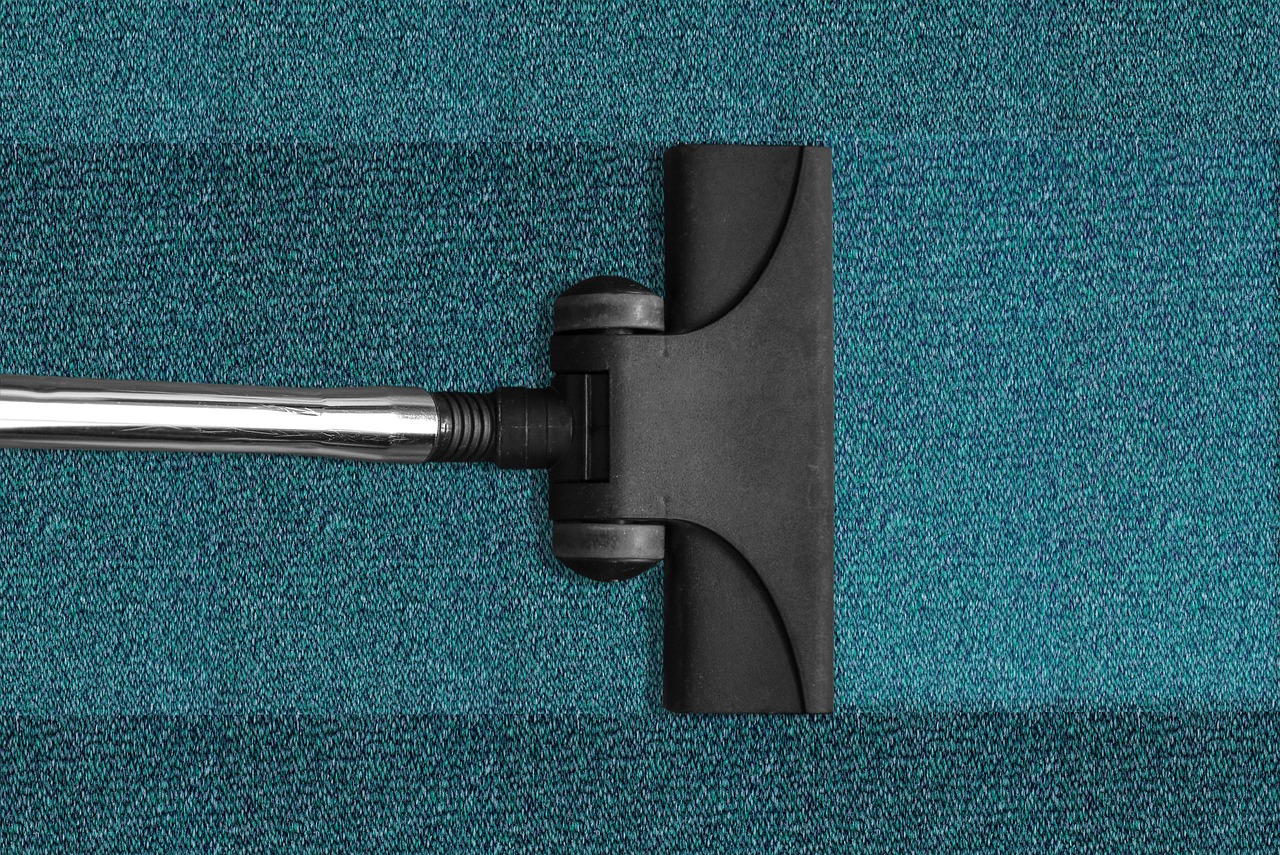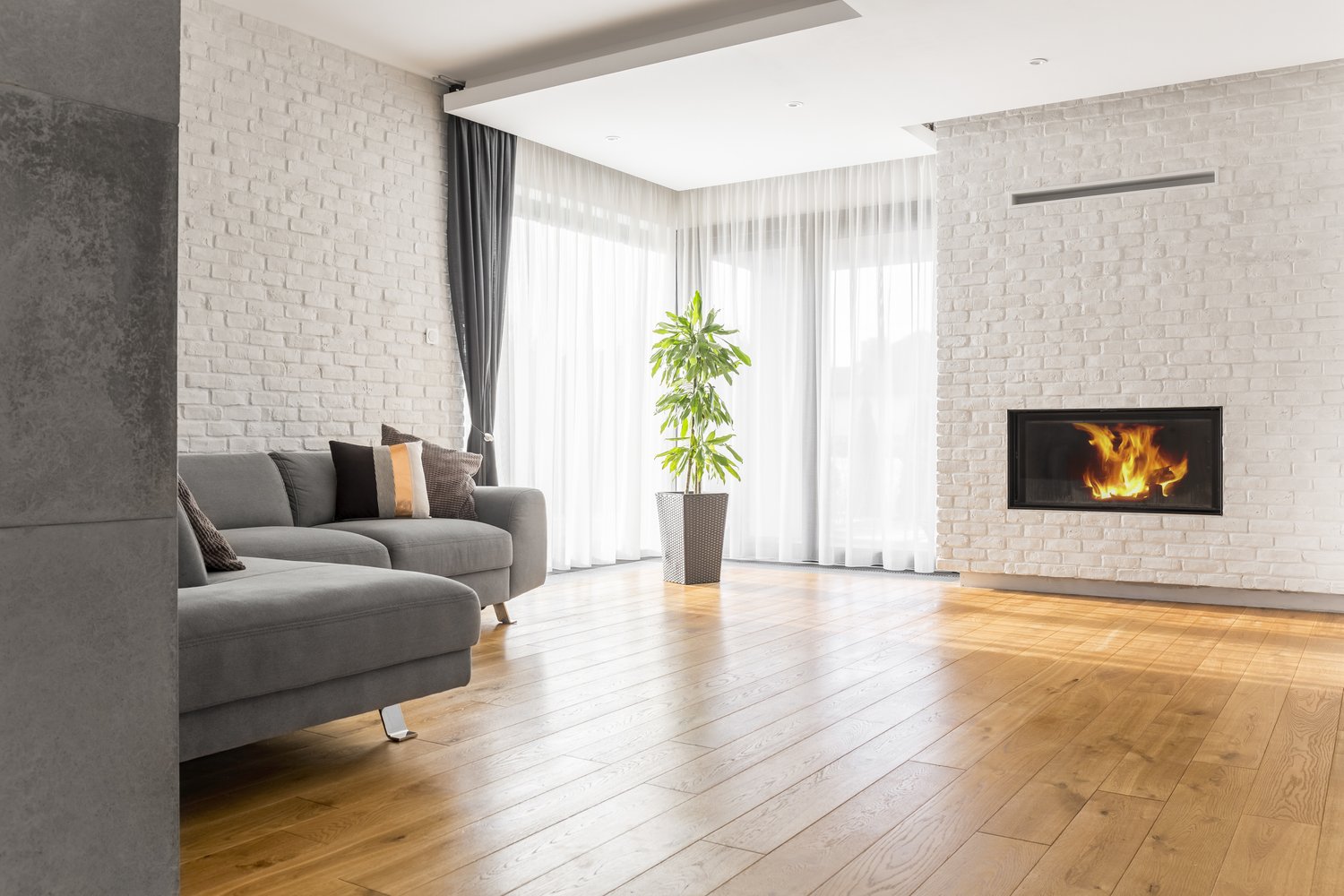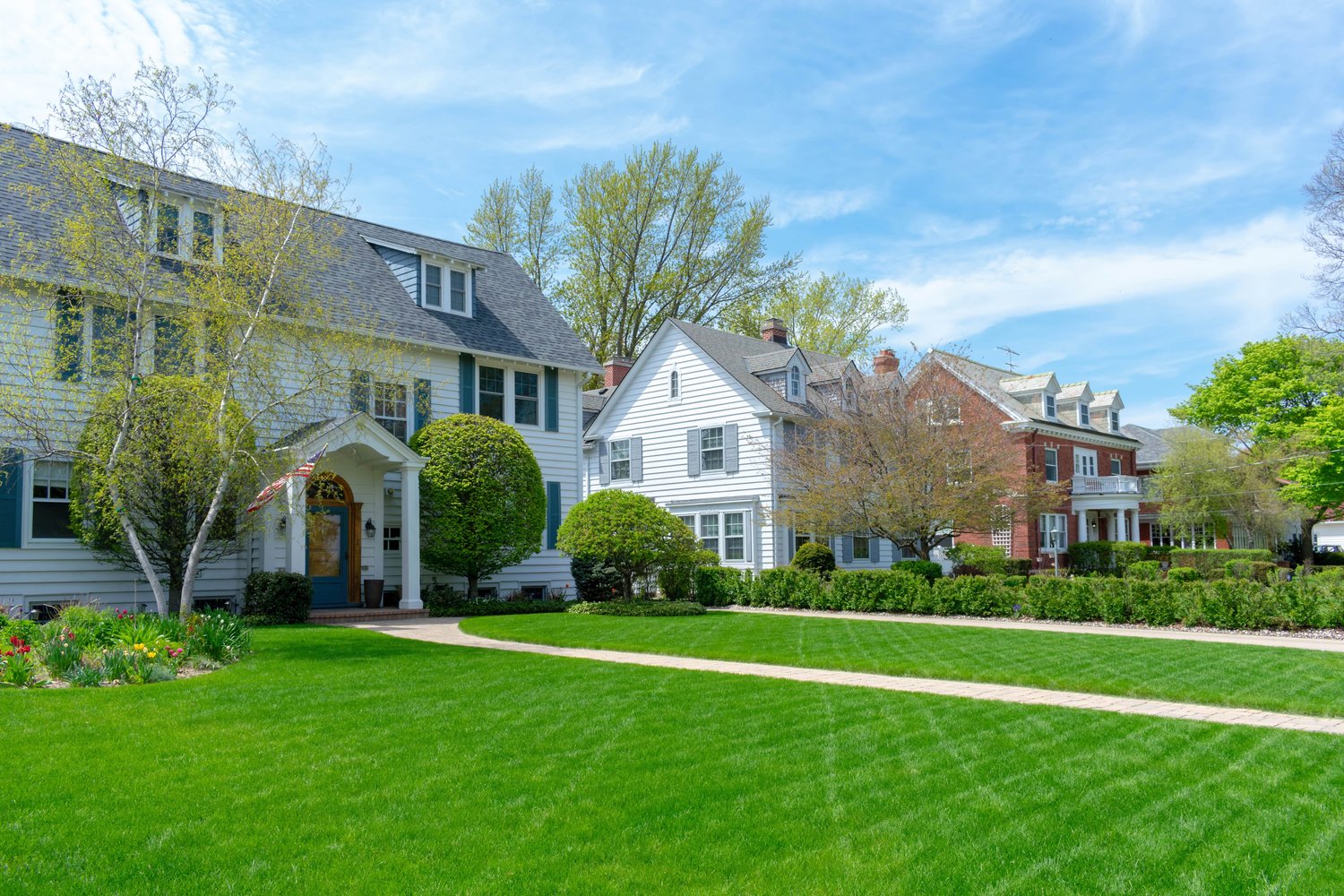Selecting the perfect carpet for your home involves more than just choosing a color or pattern that matches your décor. The fiber type forms the foundation of your carpet’s performance, determining how it will withstand daily wear, resist stains, feel underfoot, and fit within your budget. This comprehensive guide compares the four most common carpet materials—nylon, polyester, wool, and olefin—evaluating each based on durability, stain resistance, softness, cost, and suitability for different traffic areas. Whether you’re dealing with high-traffic zones, pets, or seeking the most luxurious feel, understanding these fiber differences will help you make an informed decision for your flooring needs.
Understanding Carpet Fiber Basics
When you compare carpet fiber types like nylon, polyester, wool, and olefin, you’re essentially evaluating the building blocks of your carpet’s performance. Each fiber brings distinct advantages and limitations to your flooring. The material affects everything from how your carpet handles foot traffic to how it responds when your pet has an accident. Carpet fibers are either natural (like wool) or synthetic (like nylon, polyester, and olefin). While synthetic options dominate the market due to their cost-effectiveness and specialized performance features, natural wool remains the premium choice for those seeking ultimate luxury and environmental benefits.
Nylon: The Durability Champion
Nylon stands as the most popular carpet material for durability and resilience. This synthetic fiber maintains its appearance under heavy foot traffic, making it ideal for busy households, stairs, and hallways. Its molecular structure allows it to bounce back after compression, preventing the worn-down pathways common in lesser carpets. While nylon isn’t inherently stain-resistant, manufacturers typically apply protective treatments that repel spills and soil. These treatments need reapplication over time to maintain effectiveness. Though not the cheapest option, nylon offers exceptional value considering its longevity—often lasting 15+ years with proper care. For homes with active children or pets, nylon’s resilience against wear makes it worth the investment despite its higher upfront cost compared to other synthetic options.
Polyester: Budget-Friendly Beauty
Polyester carpet offers remarkable color clarity and softness at a price point that makes it attractive to budget-conscious consumers. This fiber excels at resisting water-based stains, as liquids tend to sit on top rather than penetrate the fibers. However, polyester’s Achilles’ heel is its vulnerability to oil-based stains, which can be problematic in homes with children or frequent entertaining. Unlike nylon, polyester carpet fibers may crush and mat down in high-traffic areas over time, making this material better suited for bedrooms and less-traveled spaces. Environmental enthusiasts appreciate that many polyester carpets now incorporate recycled materials, particularly from plastic bottles, offering an eco-friendly flooring option without sacrificing appearance or initial comfort.
Wool: Natural Luxury
Wool represents the gold standard in carpet fibers, offering unmatched natural beauty and performance benefits that synthetic alternatives strive to emulate. This premium natural fiber provides exceptional comfort underfoot with its plush, springy texture. Wool naturally repels liquids for short periods, giving you precious minutes to clean spills before they set. It also exhibits remarkable soil-hiding capabilities due to its complex fiber structure. Environmentally conscious homeowners appreciate wool’s sustainability as a renewable, biodegradable resource. The significant downside is its premium price—often two to three times more expensive than synthetic options. Wool also requires more careful maintenance and may be susceptible to moth damage without proper treatments. For luxury spaces where comfort and natural materials are priorities, wool remains unmatched despite these considerations.
Olefin (Polypropylene): Practical Performance
Olefin, also called polypropylene, offers exceptional stain and moisture resistance at an affordable price point. This synthetic fiber excels in potentially damp areas like basements or in indoor-outdoor applications because it’s naturally water-resistant and doesn’t support mildew growth. According to experts at AskHomey, olefin carpet is an excellent choice for homes with pets due to its impressive resistance to stains and ease of cleaning. However, while olefin resists stains admirably, it lacks the resilience of nylon, making it prone to crushing and showing wear patterns in high-traffic areas. Additionally, olefin has a lower melting point than other fibers, which can lead to damaged areas from significant friction. These characteristics make olefin best suited for light to moderate traffic areas where moisture resistance is a priority over extreme durability.
Making Your Selection Based on Household Needs
The best carpet material for your home depends entirely on your specific lifestyle factors. Households with active children, pets, or frequent entertaining should prioritize durability and stain resistance, making nylon or strategically placed olefin good choices. Budget-conscious homeowners might select polyester for bedrooms while investing in nylon for stairs and hallways. Those seeking the most natural, luxurious option with minimal environmental impact will find wool worth the premium price, especially in formal living spaces. Consider not just the initial comfort and appearance but how the carpet will perform over its lifespan in your specific environment. The right carpet fiber choice should balance immediate needs with long-term performance expectations, ultimately providing the best value for your investment.
For more tips and to connect with reliable home service professionals, follow AskHomey on Facebook and Instagram.



